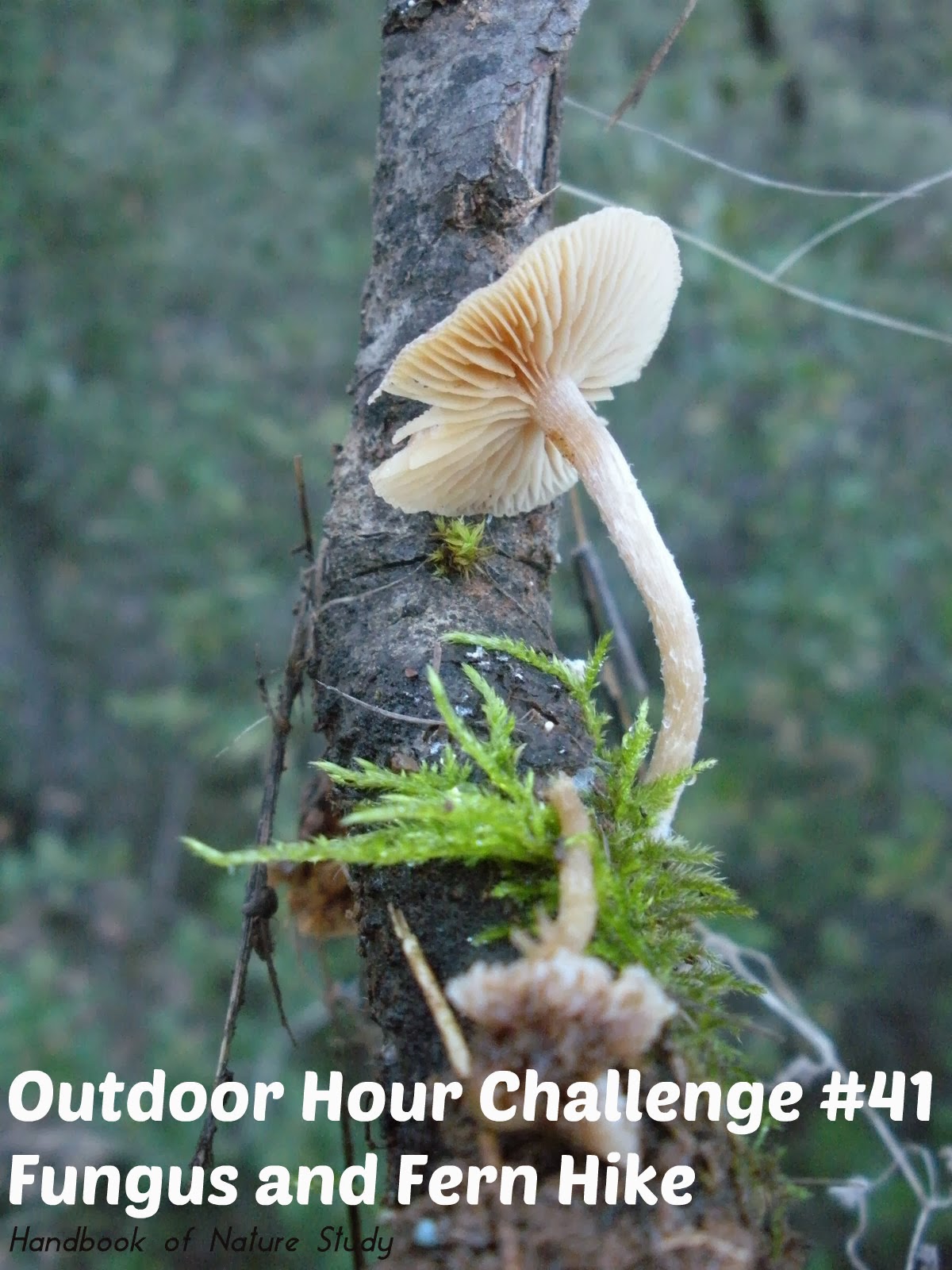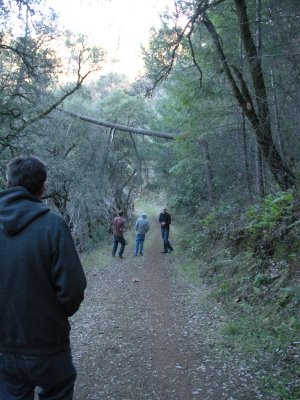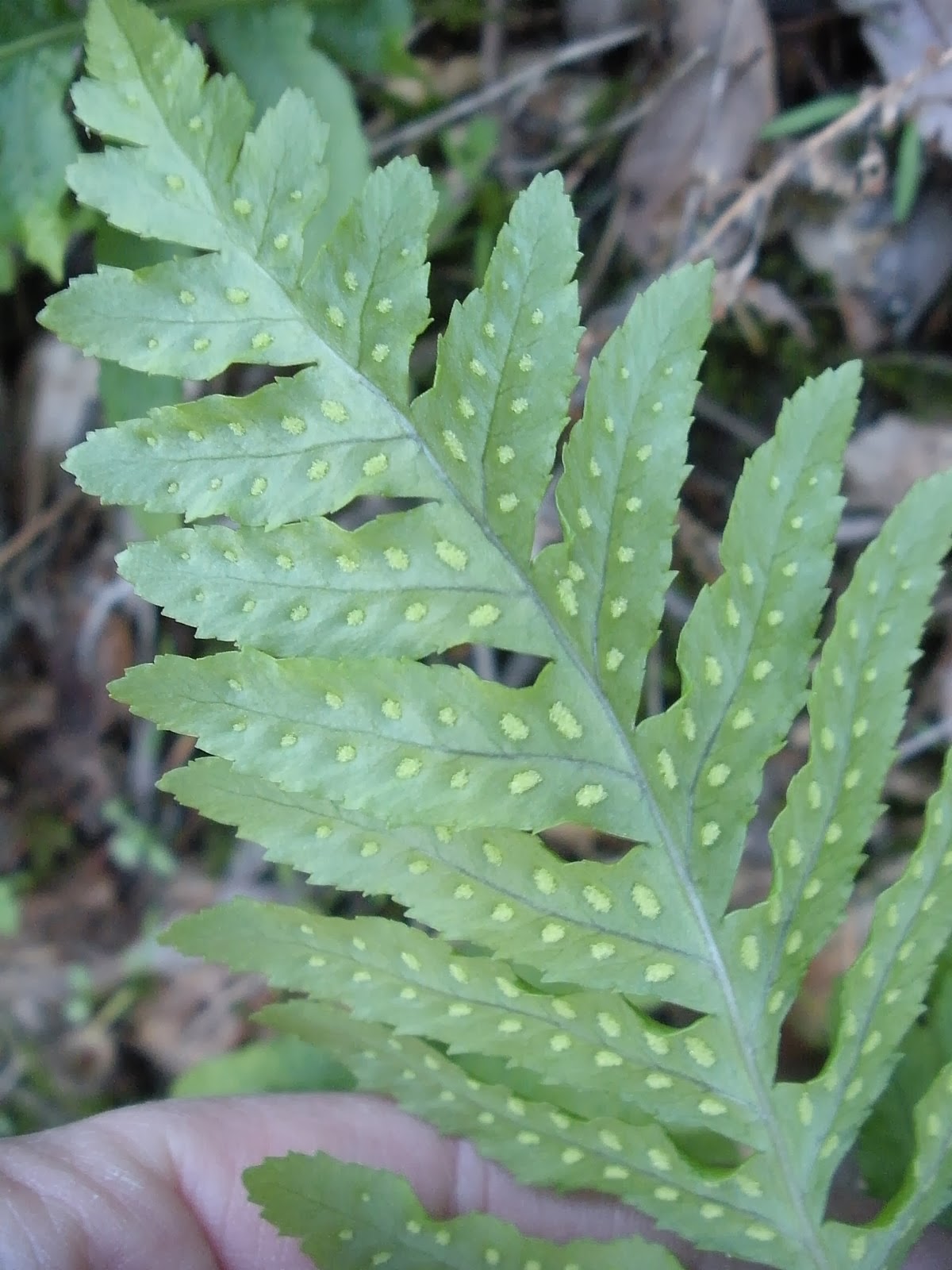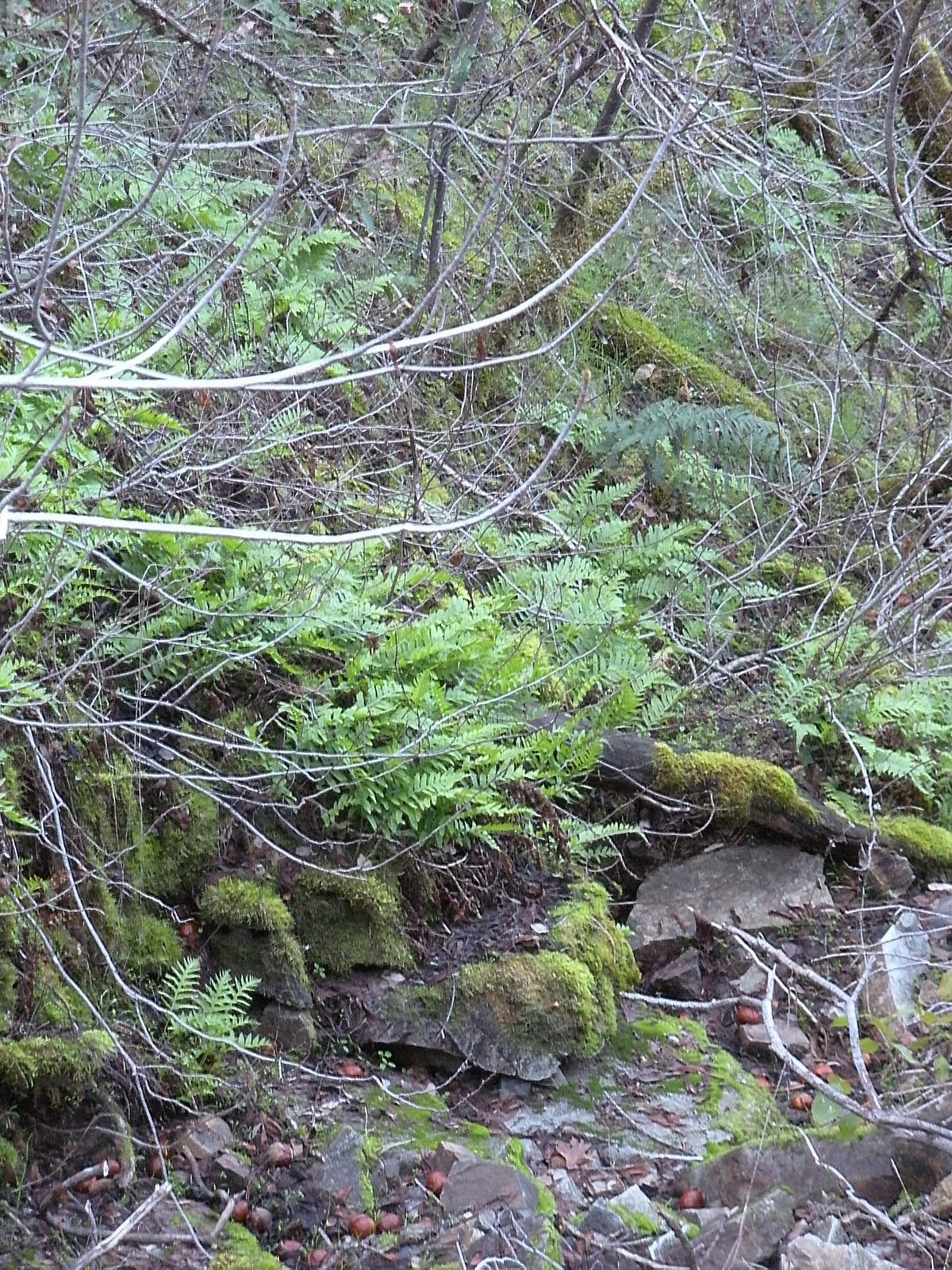Outdoor Hour Challenge #42
Flowerless Plants-Moss and Lichens
Inside Preparation:
Read about mosses on pages 709-714 of the Handbook of Nature Study. The information on mosses is limited in the book so I found a link about moss for you to preview and then share if you would like with your children: Life Cycle of Moss (animated and narrated- a real gem!)
There also is limited information in the Handbook of Nature Study on lichen which I think we should study along with moss. I actually like the information on Wikipedia, especially the photo gallery at the end of the article.http://en.wikipedia.org/wiki/Lichen (As always preview any material you wish to share with your children.)
Or you can try these links for a simple, child-friendly explanation and some photos:
Use the descriptions and photos on pages 712 and 713of the Handbook of Nature Study to see if you recognize any mosses that you have locally. Make sure to pay attention to the diagram on page 710 that labels the different parts of the hair-cap moss so when you are outdoors you can look for the spore capsules and stalks.
I found this printable pdf with lots of specific lichen types to be helpful.
Crustose Lichen (crusty)
Foliose Lichen (leafy)
Fruticose Lichen (shrubby)
Outdoor Hour Time:
- Find 15 minutes to take a walk outdoors and look for some mosses or lichens. Mosses are found in all habitats and if you look hard enough you might be surprised where you find moss growing. Look in sidewalk cracks, along the edges of buildings, and on stones in the garden. Lichen will be found on tree trunks or branches or on rock faces.
- Bring a hand lens along with you on your walk and use it to examine any moss or lichen you find. See if you can find the spore capsules and the places where the spores sift out. Children will want to touch the moss to observe how soft it feels. If possible, use a few minutes to compare samples of mosses and lichens.
- If you don’t find any moss or lichen, use your observation skills to find something new to look at during your fifteen minutes of the Outdoor Hour.
Follow-Up Time:
- If you are able, try sketching any moss or lichens that you find during this challenge while you are in the field. If you are limited in your time outdoors due to weather conditions, decide if you can bring a small amount of moss or lichen indoors to put on your nature table or in a terrarium. Use this sample and a hand lens to draw a sketch into your nature journal. Make sure to observe how it feels and smells as well as how it looks and record these thoughts in your nature journal as well.
- If you were not able to find any moss or lichen for this challenge, keep your eyes open as the seasons progress and perhaps you will find some moss to draw in the future. If your child is very young, skip the nature journal this week and have a discussion about what you saw during your Outdoor Hour time.
- Update your list of mushrooms and ferns if you discovered any new kinds during this challenge. Start a list of mosses and lichens if you wish. You can document each item with a photo for later identification if necessary.

























